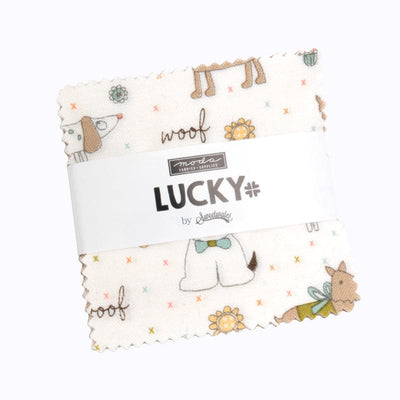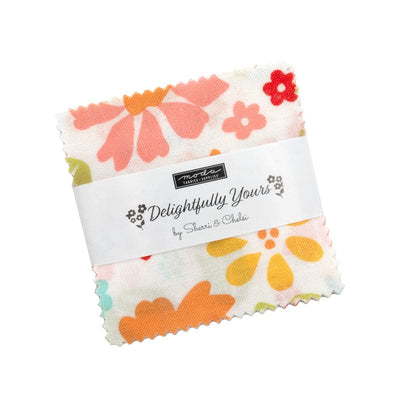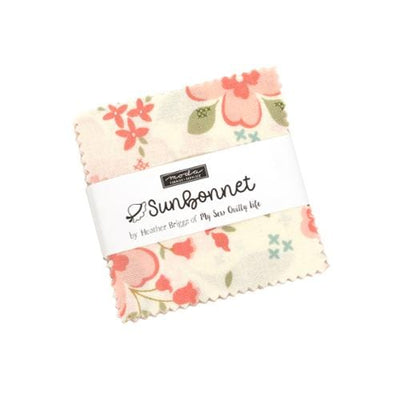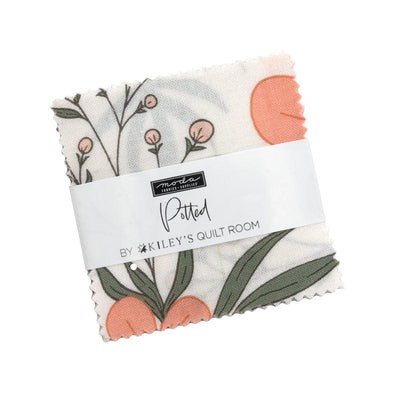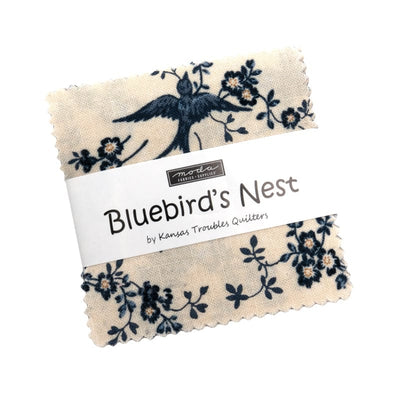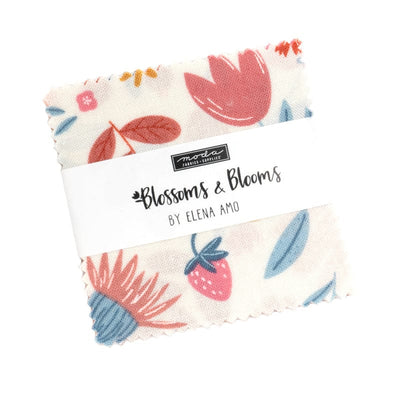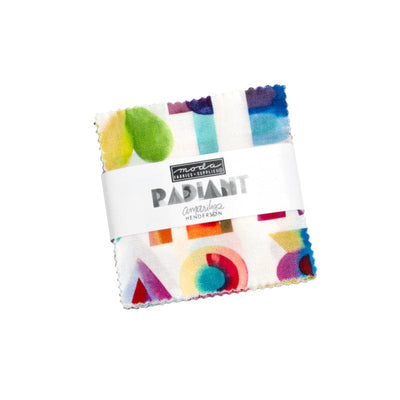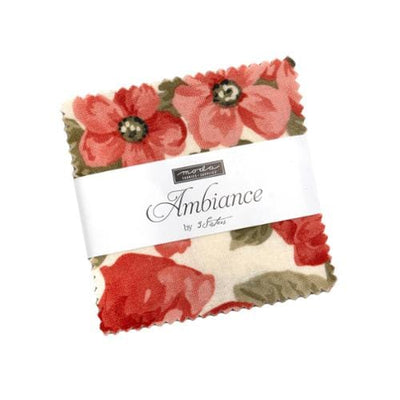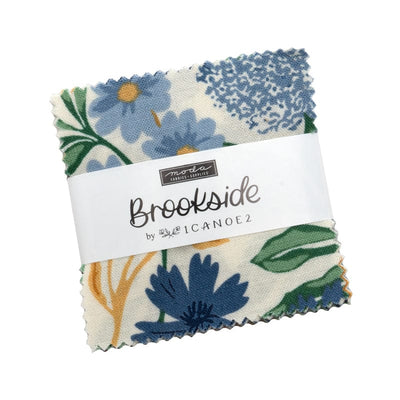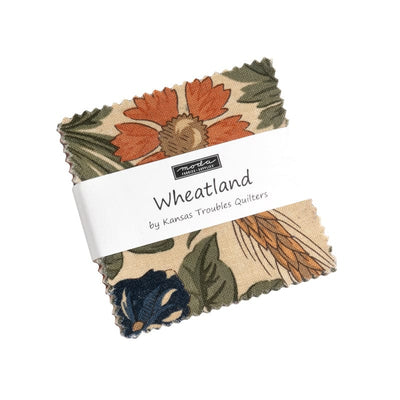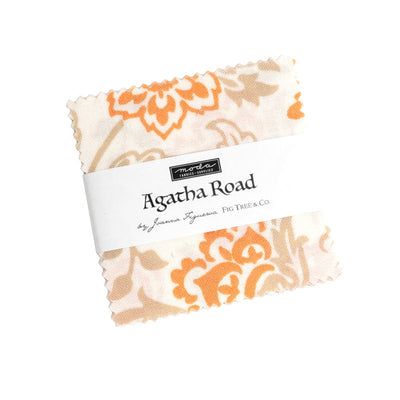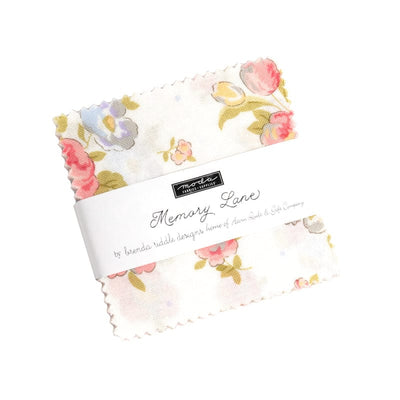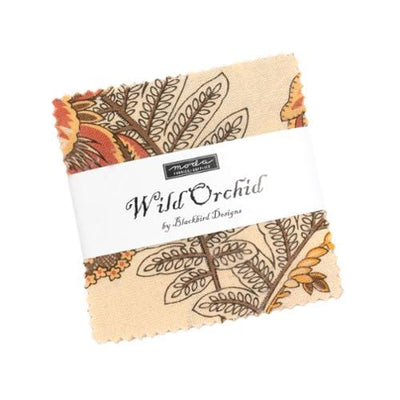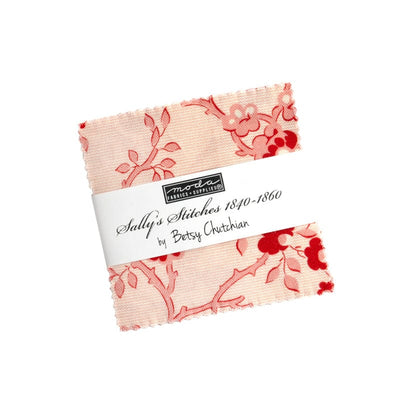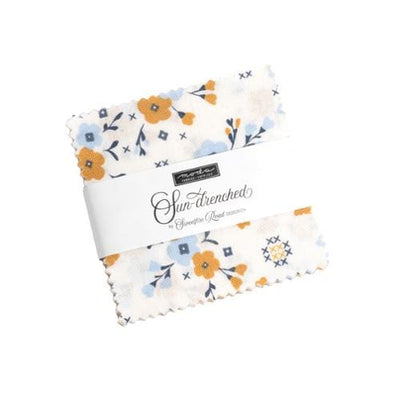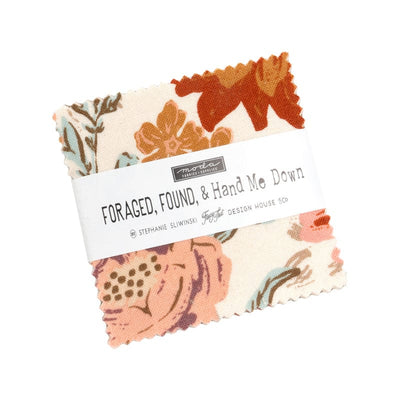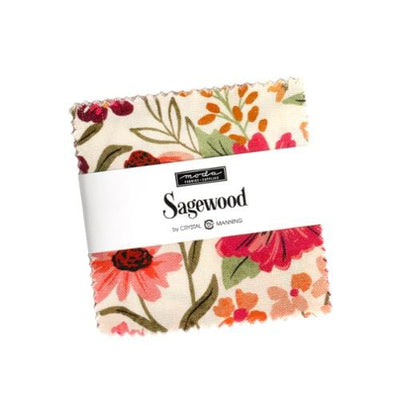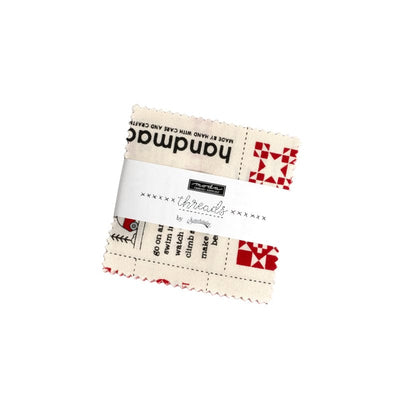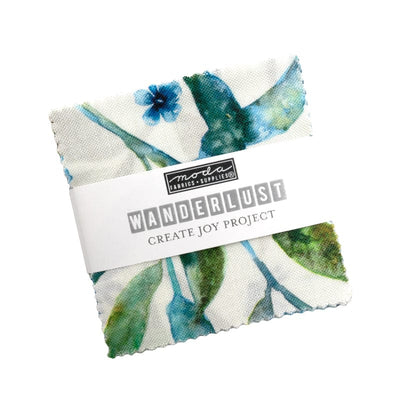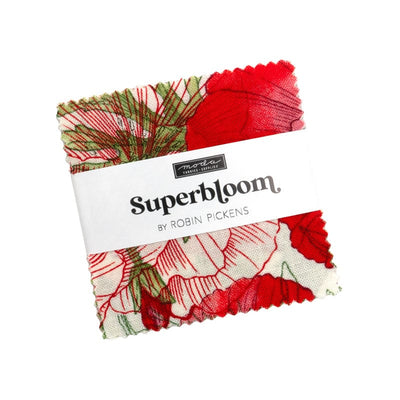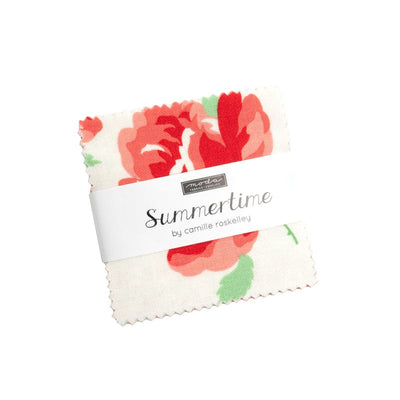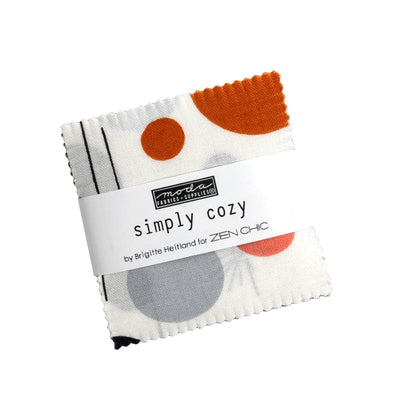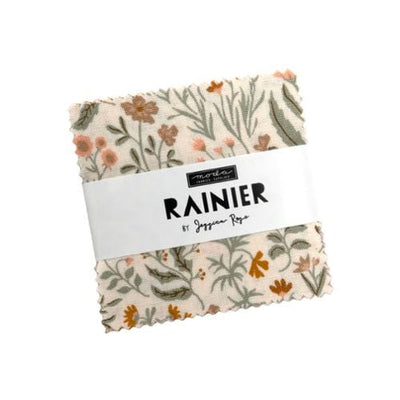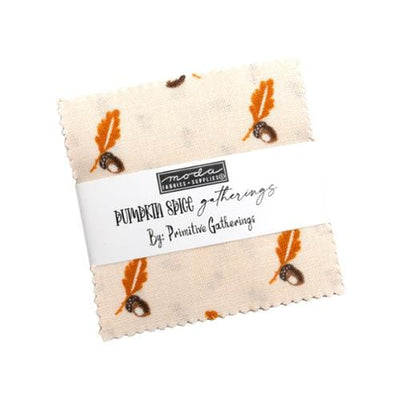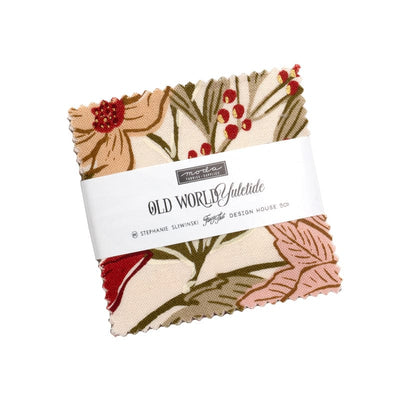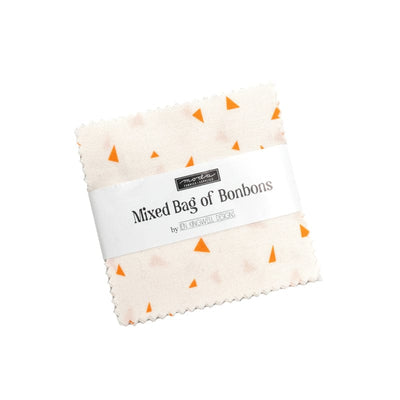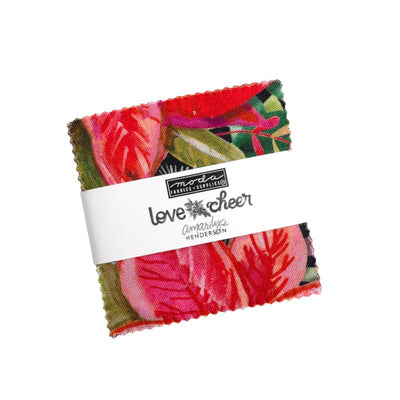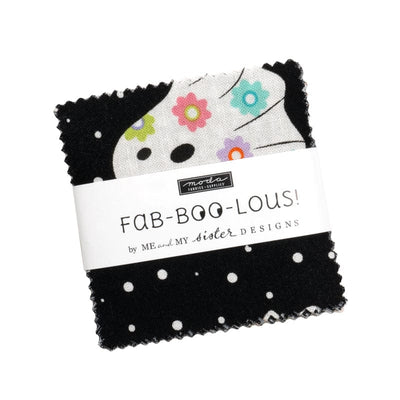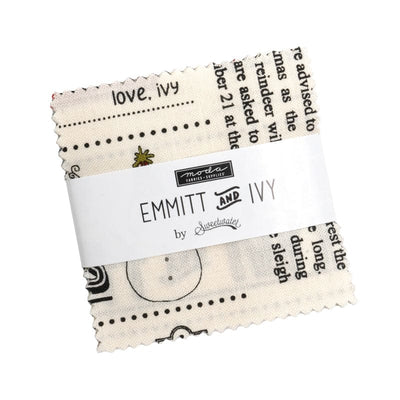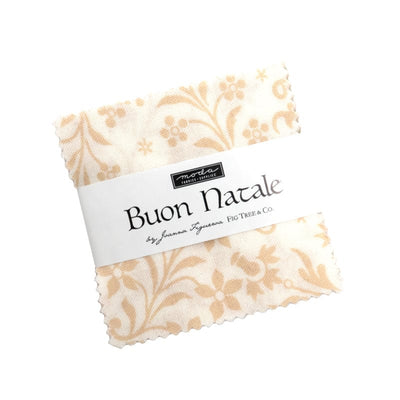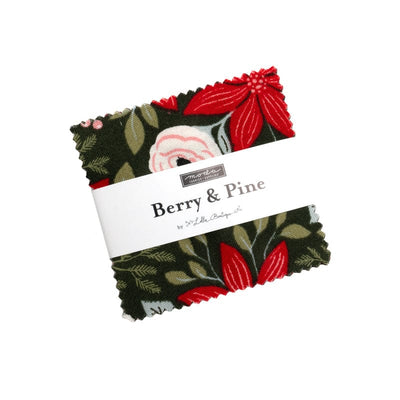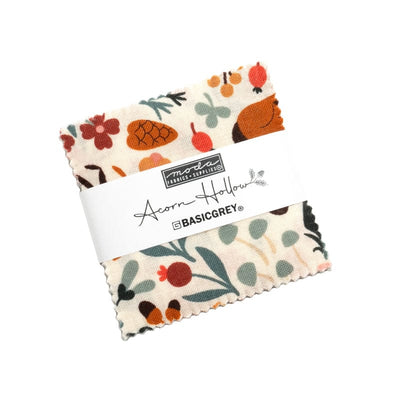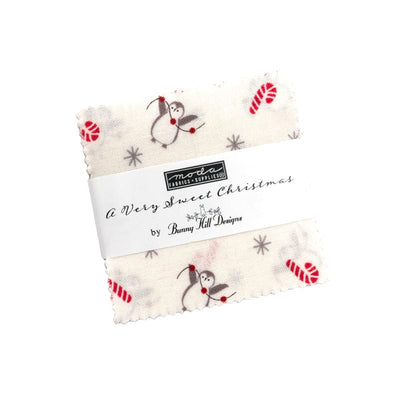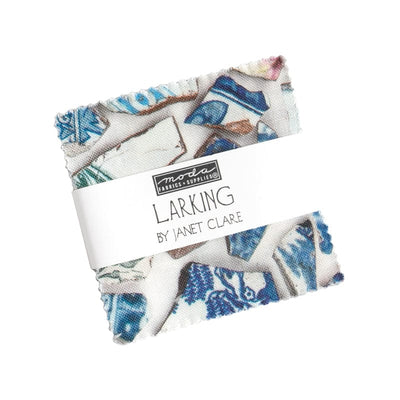Choosing Between Computerised and Mechanical Sewing Machines
How to Adjust Sewing Machine Tension for Perfectly Balanced Stitches
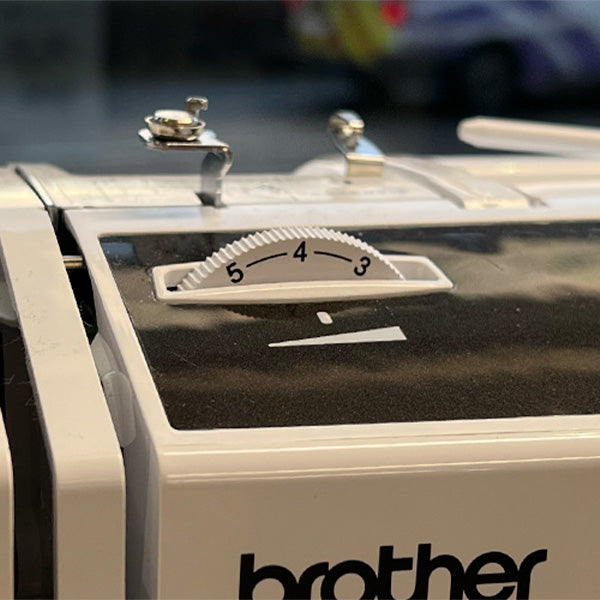
Sewing machine tension is all about getting the balance right between your top and bobbin threads. When it’s set properly, you’ll get neat, even stitches that look the same on both sides of your fabric. But if the tension’s off, you might run into loose loops, puckering, or even thread breakage that can throw your whole project off. Learning how to adjust your tension is one of the easiest ways to fix common stitching issues and get smooth, professional-looking results every time.
What is Sewing Machine Tension?
Thread tension controls how much thread your machine uses to make each stitch. If there’s more thread, the stitch looks looser. Fewer threads mean a tighter stitch. To get stitches that look the same on both sides of your fabric, the top and bobbin threads need to feed through evenly.
Most machines have a default tension setting of 4 to 4.5, which works well for standard cotton fabrics and regular thread. This setting provides the foundation for tension on sewing machine operations, though you may need adjustments for different materials. If you're new to sewing, choosing a machine with clear tension markings and automatic features can make learning much easier. Our beginner sewing machine guide helps you find models that simplify tension adjustment
Signs Your Tension Needs Adjusting
Loops on Top of the Fabric
If you’re seeing little loops on the top side of your fabric, it usually means the top thread tension is too tight or the bobbin tension is too loose. The bobbin thread gets pulled up and shows through, leaving your stitches looking uneven.
Loops on the Bottom of the Fabric
Loops appearing underneath your fabric mean the top thread tension is too loose. The needle thread gets pulled to the fabric's underside instead of locking properly in the middle.
Puckered or Gathered Fabric
Fabric that bunches or gathers along the seam line typically means both tensions are too tight. This commonly happens with lightweight fabrics when the tension setting is too high.
Thread Breaking
If your thread keeps snapping, the tension might be too tight. It can also happen if you’re using low-quality thread or the wrong needle for your fabric.
Before You Touch The Tension Dial
Many apparent tension problems stem from threading or setup issues. Check these factors before adjusting your sewing machine tension numbers:
Check Your Needle and Thread Setup
- Replace bent or blunt needles. Insert the new needle fully with the flat part facing back
- Match your needle size to your fabric weight
- Use quality, matching thread for both needle and bobbin
- Always use the same thread weight and brand top and bottom

Make Sure Your Machine's Threaded Properly
- Thread your machine with the presser foot up so the tension discs open properly
- Use all thread guides and don't miss the small hook above the needle
- Check that the thread isn't caught around the spool pin
- Ensure the thread unwinds correctly over the spool toward the machine's back
- Remove spool stickers that can prevent smooth thread flow

Check The Boppin Setup
- Ensure your bobbin unwinds in the correct direction and sits properly in its case
- Remove any loose thread ends around the bobbin
- Confirm the bobbin was wound evenly at the proper tension

Clean and Inspect Your Machine
- Remove fluff and debris between tension discs, under the needle plate, and around the bobbin area
- Verify the tension dial position hasn't been accidentally moved
- Look for nicks on the needle plate or bobbin case that could snag thread

How to Adjust Your Sewing Machine Tension Settings
Sew a Test Line to Check Tension
Start by sewing a test line on some fabric scraps, using different coloured threads in the needle and bobbin. That way, it’s easy to see which thread is showing up where it shouldn’t. Try to use the same fabric you’ll be sewing with in your real project so you get an accurate result.
Adjusting Top Thread Tension
The tension settings on sewing machine dials typically run from 0 to 9. Higher numbers create tighter tension, while lower numbers create looser tension.
If the bobbin thread shows on top: Your top tension is too tight. Turn the dial to a lower number (towards 3-4).
If the needle thread shows underneath: Your top tension is too loose. Turn the dial to a higher number (towards 5-6).
Make adjustments gradually, changing by half numbers or single increments. Test each adjustment on fabric scraps before continuing with your project.

When to Adjust Boppin Tension
Bobbin tension is usually set at the factory and doesn’t often need adjusting. It’s best to try all top thread fixes first before touching the bobbin.
To check the bobbin tension, hold the threaded bobbin case by the thread. It should hang on its own without falling, but slide down slowly when you give it a gentle tug. That’s a sign the tension is just right.
How to Adjust Your Tension Based on Fabric Type
Different fabrics require different starting points for achieving the best tension for sewing machine work:
Standard Settings
Lightweight fabrics (chiffon, organza, silk): 3-3.5
Medium-weight fabrics (cotton, linen, quilting cotton): 4-4.5
Heavy fabrics (denim, canvas, upholstery): 5-6
Stretchy fabrics (jersey, knits): 3.5-4
Decorative stitches: Often require lower tension (3-4)
Factors That Affect Tension
These settings are just a guide, so it’s always a good idea to test on some fabric scraps first. Every machine behaves a little differently, and things like thread type or fabric thickness can make a big difference. You might need to tweak your tension depending on:
- The weight and type of your fabric
- The thickness or material of your thread
-
The stitch type and length you're using
Remember that ideal tension creates stitches where threads lock in the fabric's centre, invisible on both sides.
Solving Common Tension Issues
Why Automatic Tension Isn't Always Perfect
Many modern machines feature automatic tension, but this doesn't eliminate all problems. A sewing machine with automatic tension works well for standard fabrics and threads, but may struggle with:
- Very lightweight or heavyweight fabrics
- Speciality threads (metallic, embroidery)
- Decorative stitching techniques
- Multiple fabric layers
Even the best sewing machine with automatic tension may require manual override for challenging projects. If your machine often struggles with tension, even on standard projects, it might be worth exploring models with more advanced tension control. Our Sewing Machine Buyers' Guide can help you find the right fit for your needs.
How Different Stitch Types Affect Tension
Straight stitches usually work well with the standard tension setting. If you’re sewing a zigzag or decorative stitch, try lowering the tension slightly (around 3 to 4) to help prevent fabric from bunching.
For buttonholes, you might need to adjust the tension depending on the thickness of your fabric. Topstitching often benefits from slightly looser tension, too. This can make the stitches more visible and reduce the risk of the thread breaking.
Need a Hand? We're Here to Help
If you’ve tried all the usual fixes and your stitches still aren’t looking right, it might be time to have your machine checked over by a professional. Some signs that point to a mechanical issue include:
- Ongoing tension problems, even with correct threading and settings
- Visible damage to the tension discs or bobbin case
- Uneven stitches across different fabrics
-
A recent drop or knock to the machine
If that sounds familiar, we’re here to help. Our experienced sewing technicians service all major brands, including Brother, Janome and Bernina at our Redruth workshop. We can talk you through the issue over the phone or arrange a full service to get your machine running smoothly again.
Give us a call on 01209 216942 to speak to our customer service team.

Frequently Asked Questions About Sewing Machine Tension
1. What should the sewing machine tension be set to?
Most machines default to 4-4.5 for standard sewing with medium-weight cotton fabrics and regular thread.
2. How do you know if tension is correct?
Stitches should look identical on both sides with no visible loops, thread showing through, or fabric puckering.
3. Is higher tension tighter on a sewing machine?
Yes, higher numbers (5-9) create tighter tension, while lower numbers (1-3) create looser tension.
4. Why does my automatic tension sewing machine still have tension problems?
Automatic tension works for standard conditions but may need manual adjustment for special fabrics, threads, or techniques.
Find the perfect machine for you
Take our quiz to find the best sewing machine for your needs.
Take the Quiz


